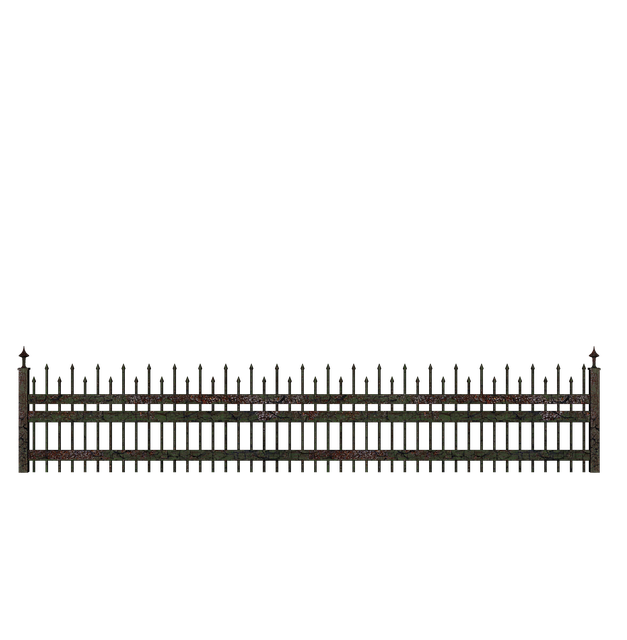Enhancing your New Bedford, Massachusetts property with a DIY fence installation can be a rewarding project. This article guides homeowners through the process, from understanding local regulations to selecting suitable fencing materials. We delve into essential planning stages, including measuring and creating a layout, ensuring a secure fit within your property lines. With a comprehensive toolkit ready, follow our step-by-step instructions for a successful installation, transforming your outdoor space into a private sanctuary.
- Understanding Your Fence Options for New Bedford Properties
- Measuring and Planning Your Fence Installation
- Gather Tools and Materials for a Successful Project
- Step-by-Step Guide to DIY Fence Installation in Massachusetts
Understanding Your Fence Options for New Bedford Properties
When it comes to fencing your New Bedford property, the options are vast, each with its own unique benefits and considerations. Wood fences offer a classic aesthetic and can be customized with various styles and finishes, making them popular among homeowners. However, they require regular maintenance due to exposure to weather conditions. Vinyl fences are low-maintenance alternatives that come in a range of colors and designs, appealing to those seeking durability and simplicity. Chain link fences provide security without breaking the bank, ideal for areas requiring more protection or where pets might roam. Consider your preferences, budget, and the purpose of the fence when making this important decision.
The local climate plays a significant role in choosing the right fencing material. Massachusetts’ cold winters and hot summers demand materials that can withstand extreme temperatures without warping or fading. Researching suitable options locally ensures longevity and minimizes future replacement costs. Additionally, check building codes and homeowner association (HOA) regulations to ensure compliance before starting your DIY fence installation project.
Measuring and Planning Your Fence Installation
When planning your DIY fence installation, accurate measuring is key to a successful project. Take time to walk the perimeter of your property and determine where the fence will be placed, noting any existing structures or landmarks that could impact the layout. Use a tape measure to record the exact distances between points, ensuring you get precise measurements for both straight runs and corners.
Create a detailed plan by drawing out your desired fence layout on paper or using a digital design tool. This visual representation will help you identify potential challenges and ensure your fence aligns with local regulations. Consider factors like material choices, post spacing, and gate placement to create a well-designed and functional barrier for your New Bedford, Massachusetts property.
Gather Tools and Materials for a Successful Project
Before starting your DIY fence installation project, make sure to gather all the necessary tools and materials. This includes post holes diggers, measuring tapes, hammers, shovels, concrete mixes, rebar, posts, rails, brackets, and fencing material—either pickets or panels, depending on your preference. Don’t forget safety gear like gloves, eye protection, and a hard hat. Having an organized list of what you need will ensure a smooth and successful project.
Organize your workspace efficiently. Clear the area where you’ll be working and ensure adequate space for digging post holes. Arrange your tools and materials in easy-to-reach locations to avoid unnecessary delays or trips to the store during installation. This preparation is key to completing your New Bedford, Massachusetts fence on time and within budget.
Step-by-Step Guide to DIY Fence Installation in Massachusetts
Before beginning your DIY fence installation, gather all necessary materials and tools. This includes posts, rails, panels, concrete, a drill, post-hole digger, level, string, and a fence tool kit. Start by marking out the perimeter of your desired fence line using string and stakes. Dig holes for the fence posts, ensuring they are deep enough to support the fence’s weight (typically around 3 feet). Place a level post in each hole and use concrete to secure them firmly. Once set, attach horizontal rails to the posts, following manufacturer guidelines. Then, install the fence panels, securing them to the rails with brackets. Regularly check your work for level and alignment as you go.
